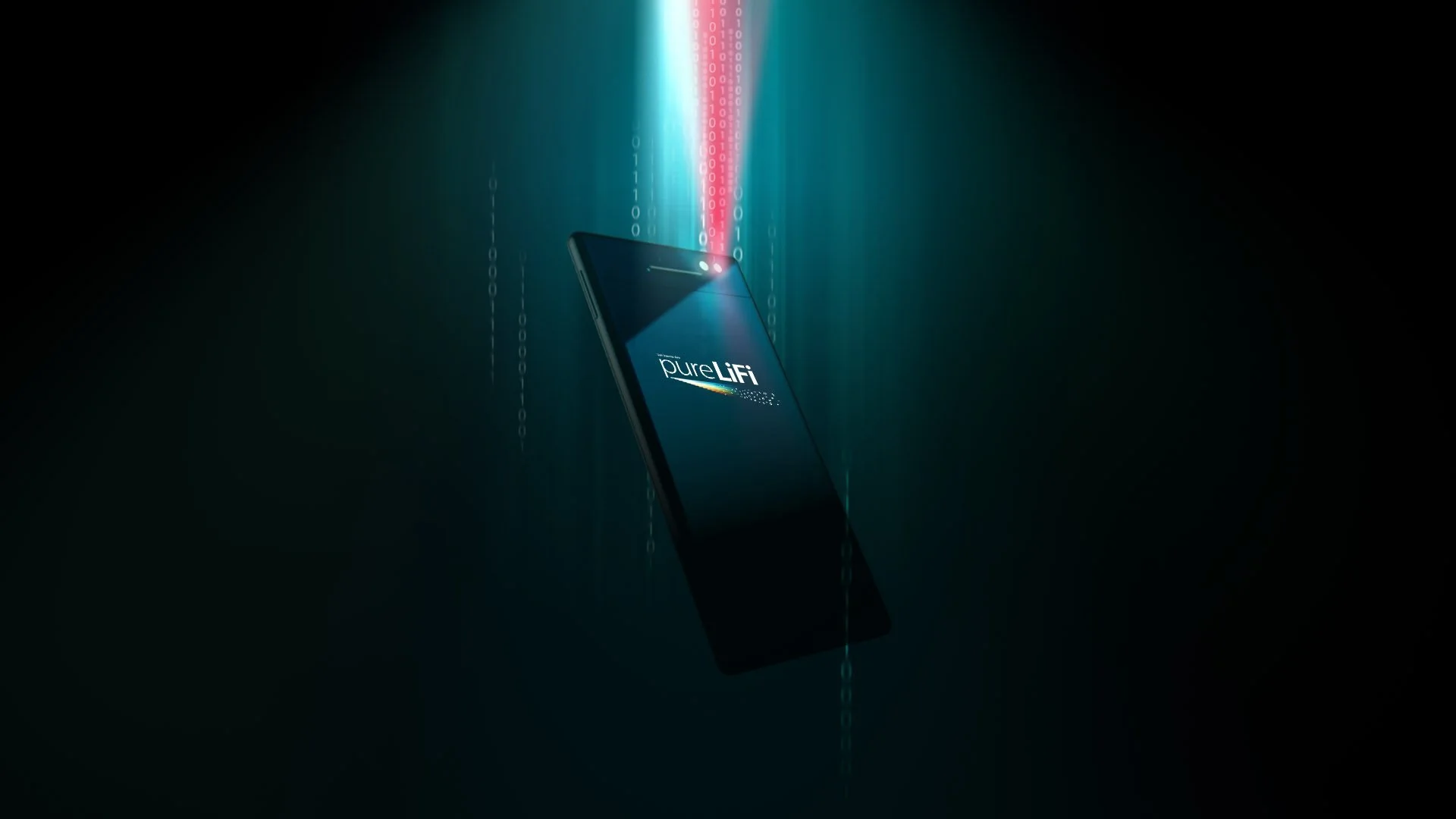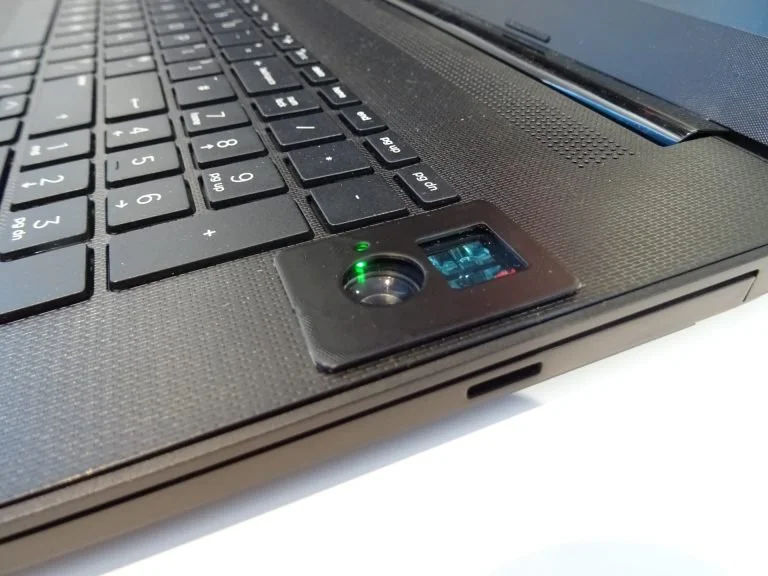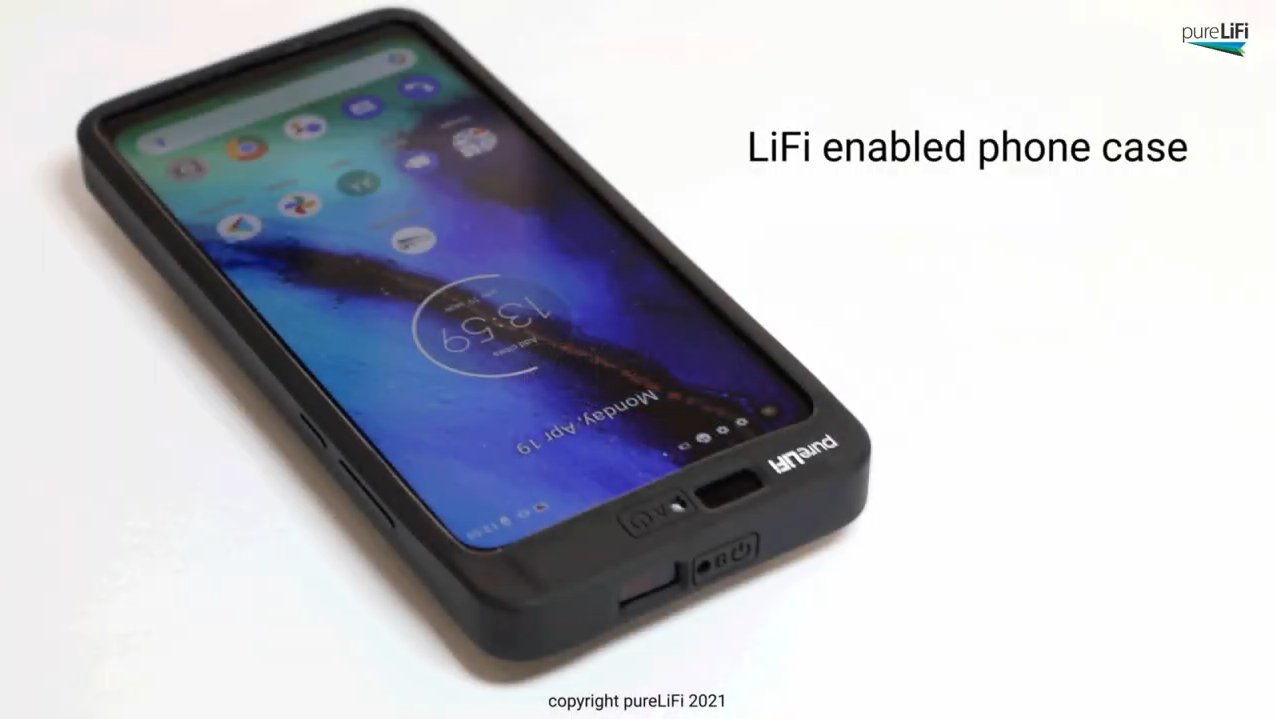pureLiFi Named On EE Times Silicon 100 List For The Second Year In A Row
Credit to pureLiFi
EE Times Silicon 100
EE Times is an electronics industry magazine that has been published since 1972. This year's Silicon 100 is the 21st version of the EE Times list of promising electronics and semiconductor companies.
This year’s edition also analyses the Silicon 100 by technical category. The technology universe is divided into 22 categories ranging from materials and packaging at a fundamental extreme to quantum computing and security at the highest level of abstraction. Categories are:
materials & packaging
printed electronics
photovoltaics
energy harvesting
power, GaN, SiC
foundry, manufacturing, assembly, test
EDA, design services
analog, mixed-signal, PMIC
memory
medical
MEMS, sensors, actuators
optoelectronics, image sensors
displays, devices, drivers
wireless charging
RF & IoT
5G & higher RF
ADAS, radar, LiDAR
vision processing, event-driven
general-purpose processors, FPGAs
specialist processors, accelerators
quantum computing
security
pureLiFi
pureLiFi has been named as part of the EE Times Silicon 100, an annual list of global electronics and semiconductor start-ups to watch. Every year, EE Times tracks the pulse of the industry for the identification of emerging technology trends and developments that hold promise for the future.
LiFi is a wireless technology that uses light rather than radio frequencies to transmit data. By harnessing the light spectrum, LiFi can unleash faster, more reliable wireless communications with unparalleled security, compared to conventional technologies, such as cellular, WiFi and Bluetooth.
With the growing demand for bandwidth-hungry technologies, such as augmented reality, autonomous robots and vehicles, new wireless communications technologies are needed to enable new use cases and technology breakthroughs. LiFi can provide 2600 times the bandwidth of both WiFi and Cellular combined and can sustain very reliable low latency connections in comparison to other Radio Frequencies technologies that exist in increasingly congested environments.
Alistair Banham CEO of pureLiFi explains the importance of LiFi as an enabling technology:
"For the mobile industry to realise a future of the metaverse, holograms, and manufacturing of the future, we must think beyond radio frequency technology. Only LiFi can deliver the required bandwidth and reliability to power these future use cases.
We believe we’ve made this prestigious list two years running because EE Times has identified the absolute necessity of new secure, high bandwidth and reliable communications. They will also see the strength of pureLiFi’s technology and our team that will deliver pervasive LiFi. We’re honoured to have made the list again amongst a list of very promising companies."
Photo credit to pureLiFi
pureLiFi develops technology for communication networks that integrates data and lighting utility infrastructures. It offers a LiFi enabled device that converts the beam of lights into an electrical signal. The signal is then converted back into data. The company was founded in 2012 and is headquartered in Edinburgh.
pureLiFi has been building partnerships with a range of companies to bring Li-Fi devices at a consumer level.
pureLiFi CEO Alistair Banham said: “Device manufacturers are looking for new ways to provide devices with faster, more reliable and secure connectivity. LiFi is the natural next step in the evolution of global wireless communications and pureLiFi is leading the way to provide this technology to the market.”
“Our investors believe in our team and our strategy to provide LiFi for every light and every device, and we have the products to support mobile device integration of LiFi.”
Photo credit to pureLiFi
Article source: https://www.einnews.com/pr_news/556651743/purelifi-named-on-ee-times-silicon-100-list-for-the-second-year-running
What is LiFi?
LiFi, also known as "Light Fidelity" is a wireless optical networking technology, which uses light-emitting diodes (LEDs) to transmit data. In 2011, professor Harald Haas made a LiFi demonstration at the TED (Technology, Entertainment, Design) Global Talk on Visible Light Communication (VLC).
VLC uses light as a medium to deliver high-speed communication like Wi-Fi and complies with the IEEE standard IEEE 802.15.7. The IEEE 802.15.7 is a high-speed, bidirectional, and fully networked wireless communication technology-based standard similar to Wi-Fi's IEEE 802.11.
How does LiFi work?
LiFi is a high speed, bidirectional, and fully networked wireless communication of data using light. LiFi constitutes of several light bulbs that form a wireless network.
When an electrical current goes through to a LED light bulb, a stream of light (photons) emits from the lamp. LED bulbs are semiconductor devices, which means that the brightness of the light flowing through them can change at extremely high speeds. The signal is sent by modulating the light at different rates. The signal can then be received by a detector that interprets the changes in light intensity (the signal) as data. Also when the LED is ON, you transmit a digital 1, and when it is OFF, you transmit a 0.
LiFi Benefits
The primary benefits of LiFi are as follows:
• Security: Provides entirely secure access. Where there is no light there is no data.
• Safety: Does not produce electromagnetic radiation and does not interfere with existing electronic systems.
• Localisation: Allows localisation due to the small coverage area of LiFi access point - localisation can be used for very precise asset tracking.
• Data density: Provides ubiquitous high-speed wireless access that offers substantially greater data density (data rate per unit area) than RF through high bandwidth reuse.
Credit to Oledcomm
LiFi Applications
LiFi can be used for so many applications and the list is increasing every year. You can read our updated list of Li-Fi applications at the following link:
Credit to pureLiFi
In conclusion, if you are also interested to hear more information about the OWNII Coin or enquire about LiFi devices such as the LiFiMax and Trulifi, you can contact us through our chatbot or by sending an email through our contact us form. If you enjoyed this post and would like to hear more updates about LiFi technology, subscribe to our newsletter. Don’t forget to subscribe to our social media accounts. You can also join our Telegram group about LiFi technology on this link:
https://t.me/joinchat/FMzOmsEKyJFrU6Af






